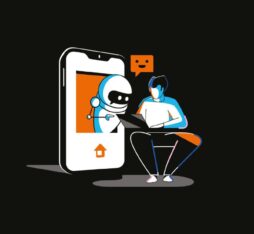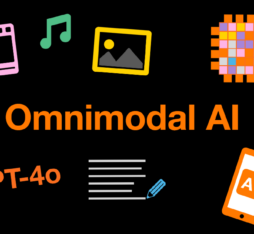• With advanced predictive models, companies can anticipate customer needs and reach out with personalized offers that transform the customer experience, explains Chief Marketing Officer for Orange Europe, Jean-Marie Culpin.
• The approach will require marketing and IT teams to work on their translation skills to ensure more effective cross-functional communication.
Can you talk about the impact of AI on marketing in concrete terms?
AI does not only offer new tools, I believe it also acts as a catalyst. It is enabling us to look at customer data and to see details that can make all the difference in the management of campaigns. Creating value is the common thread that ties all our marketing initiatives together. For example, in the field of customer experience, we can now take advantage of predictive models and advanced analytics to anticipate customers’ needs so that we are aware of what they want even before they know themselves.
With AI, we can conduct much more nuanced analyses of our segments. For example, a customer who often travels to Turkey might be offered a special roaming package.
You mentioned a strategic holistic approach. Can you tell me why it plays an essential role when using AI for marketing?
Marketing nowadays needs to be informed by a strategic vision and adopt a holistic approach to successfully maximize customers’ perception of added value with AI. For example, at Orange Poland we have been using AI to reach out to customers whose contracts will soon be up for renewal. Instead of systematically offering them discounts, we now have the option of providing them with personalized packages that reflect their individual tastes. If a customer is a football fan, we offer them a TV subscription with access to the Polish premier league. If they love TV series, we can automatically offer them six months of free Netflix.
You talked about micro-segmentation. What exactly do you mean by that?
Until now, customers were segmented into large groups: to say that we had categories like young people, seniors, high-income earners etc is only a slight overstatement. It was a crude and imprecise approach. With AI, we can conduct much more nuanced analyses of our segments, which is why we can talk about micro-segments that may even be unique. For example, a customer who often travels to Turkey might be offered a special roaming package. It’s basically hyper-personalization, but it can make all the difference.
How is AI helping to teams to bridge gaps between silos at Orange?
AI is obliging teams to work together, as though they were part of a recipe where every ingredient is essential. For that to happen, marketers need to develop their translation skills so that they can communicate effectively with data scientists and IT teams. For example, to develop a predictive model, everyone must be on the same page, and that includes marketing and sales teams as well as data scientists. Collaboration can be painstaking, but it’s vital to take full advantage of AI. At the same time, there is always an adjustment phase during which models need to be fine-tuned so that they are truly effective.
How do you expect the marketing use of AI to develop over the coming years?
I think AI will be increasingly integrated into to our processes to the point where it becomes invisible. Interaction with customers will be more and more personalized and campaigns will be increasingly based on insights that are generated in real time. In short, we are moving towards a paradigm where communication with customers will seem to have been created just for them.












